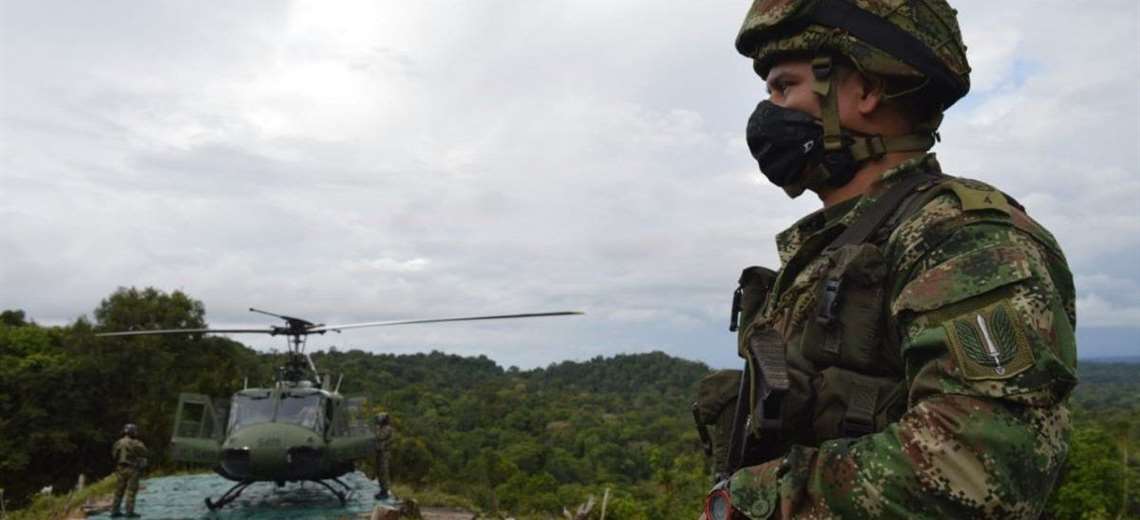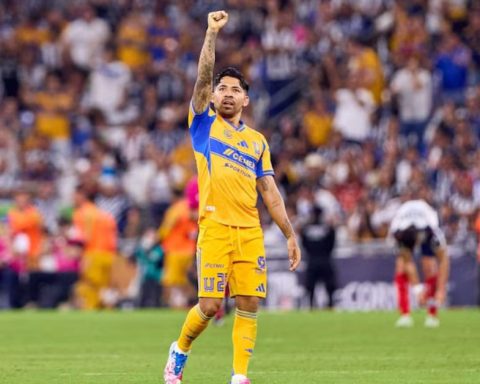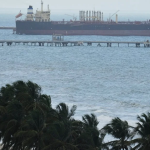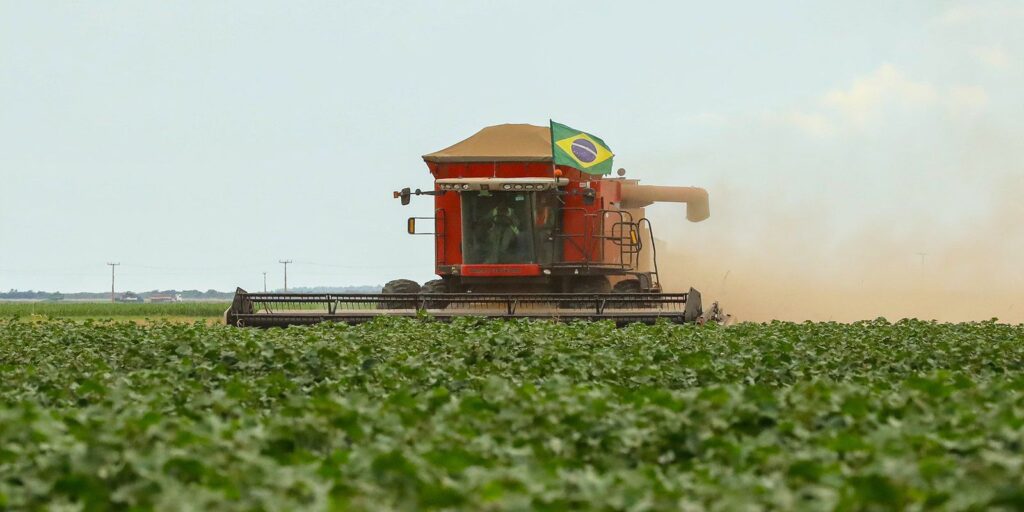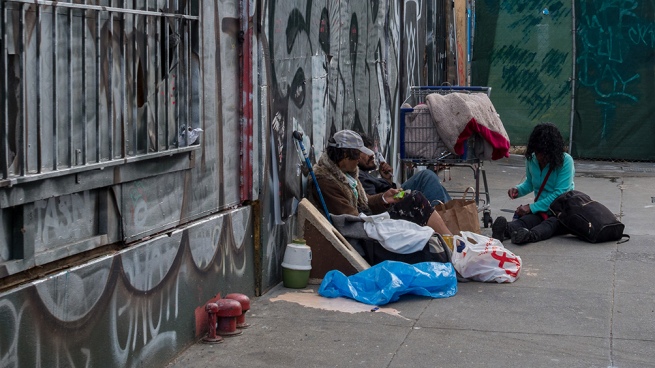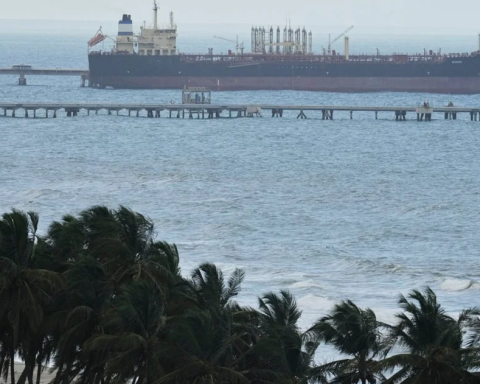An indigenous governor and two other civilians are among the 11 dead that the army presented as guerrillas fallen in combat during a recent operation on the Colombian border with Peru and Ecuador, according to reports. on Wednesday community leaders and human rights groups.
“The people killed by the national army were not guerrillas, but a civilian population among whom (there were) indigenous companions,” Oscar Daza, spokesman for the organization that brings together the indigenous peoples of the Colombian Amazon (Opiac), told a press conference. .
According to the complaint, among the victims are the kitcwhwa governor Pablo Panduro, the community leader Divier Hernández and his wife, whose identity has not been revealed.
Opiac does not mention the other eight who died in the operation.
On Tuesday, in a statement, the military high command announced the death “in combat” of 11 rebels from a dissident faction of the FARC, the guerrilla that laid down its arms in 2017 after signing peace.
The clashes occurred on Monday in the rural area of Puerto Leguízamo, in the department of Putumayo, in the extreme south of the country. Four more suspected guerrillas were wounded and arrested.
The Ombudsman’s Office agreed with the indigenous communities’ complaint and assured that “a 16-year-old adolescent” joined the other victims.
The entity that watches over human rights asked the authorities for “the rapid clarification” of the facts and warned that “the civil population must be left out of any type of action in the context of the conflict.”
-“It is urgent to clarify”-
The government insisted this Wednesday that it was a legal operation directed against the dissidence known as the Second Marquetalia, which took up arms after renouncing the peace agreement negotiated in Cuba.
The “operation was not against peasants, but FARC dissidents. It was not against innocent indigenous people, but drug dealers,” Defense Minister Diego Molano wrote on Twitter.
However, the National Indigenous Organization of Colombia, the highest body of the native peoples, rejected the official statements and denounced the deaths of the governor and the two residents as “false positives”, as the biggest blood scandal in the history of indigenous peoples is known. Colombian military forces.
At least 6,400 civilians were killed by the military and presented as killed guerrillas between 2002 and 2008, according to the peace court that investigates the worst crimes of the internal conflict.
Human Rights Watch also said it had confirmed for its part that “during the Army operation,” the indigenous governor, the social leader, and his wife died. “It is urgent to clarify the facts,” said Juan Pappier, senior researcher for the Americas at the NGO.
According to the version of the Opiac indigenous people, the military would have fired on a bazaar that the residents held to collect funds.
General Juan Carlos Correa, of the army’s air division, confirmed that his men engaged in “strong combat, with heavy fire” and that one soldier was even wounded in the arm with a rifle shot.
“There was no (social) activity, no bazaar, a fight was simply generated,” the officer said in statements to the media.
Without mentioning any confrontation, the prosecution said in a tweet that it is investigating “the facts of Puerto Leguízamo, where 11 people died”.
An indigenous governor and two other civilians are among the 11 dead that the army presented as guerrillas fallen in combat during a recent operation on the Colombian border with Peru and Ecuador, according to reports. on Wednesday community leaders and human rights groups.
“The people killed by the national army were not guerrillas, but a civilian population among whom (there were) indigenous companions,” Oscar Daza, spokesman for the organization that brings together the indigenous peoples of the Colombian Amazon (Opiac), told a press conference. .
According to the complaint, among the victims are the kitcwhwa governor Pablo Panduro, the community leader Divier Hernández and his wife, whose identity has not been revealed.
Opiac does not mention the other eight who died in the operation.
On Tuesday, in a statement, the military high command announced the death “in combat” of 11 rebels from a dissident faction of the FARC, the guerrilla that laid down its arms in 2017 after signing peace.
The clashes occurred on Monday in the rural area of Puerto Leguízamo, in the department of Putumayo, in the extreme south of the country. Four more suspected guerrillas were wounded and arrested.
The Ombudsman’s Office agreed with the indigenous communities’ complaint and assured that “a 16-year-old adolescent” joined the other victims.
The entity that watches over human rights asked the authorities for “the rapid clarification” of the facts and warned that “the civil population must be left out of any type of action in the context of the conflict.”
-“It is urgent to clarify”-
The government insisted this Wednesday that it was a legal operation directed against the dissidence known as the Second Marquetalia, which took up arms after renouncing the peace agreement negotiated in Cuba.
The “operation was not against peasants, but FARC dissidents. It was not against innocent indigenous people, but drug dealers,” Defense Minister Diego Molano wrote on Twitter.
However, the National Indigenous Organization of Colombia, the highest body of the native peoples, rejected the official statements and denounced the deaths of the governor and the two residents as “false positives”, as the biggest blood scandal in the history of indigenous peoples is known. Colombian military forces.
At least 6,400 civilians were killed by the military and presented as killed guerrillas between 2002 and 2008, according to the peace court that investigates the worst crimes of the internal conflict.
Human Rights Watch also said it had confirmed for its part that “during the Army operation,” the indigenous governor, the social leader, and his wife died. “It is urgent to clarify the facts,” said Juan Pappier, senior researcher for the Americas at the NGO.
According to the version of the Opiac indigenous people, the military would have fired on a bazaar that the residents held to collect funds.
General Juan Carlos Correa, of the army’s air division, confirmed that his men engaged in “strong combat, with heavy fire” and that one soldier was even wounded in the arm with a rifle shot.
“There was no (social) activity, no bazaar, a fight was simply generated,” the officer said in statements to the media.
Without mentioning any confrontation, the prosecution said in a tweet that it is investigating “the facts of Puerto Leguízamo, where 11 people died”.
;
